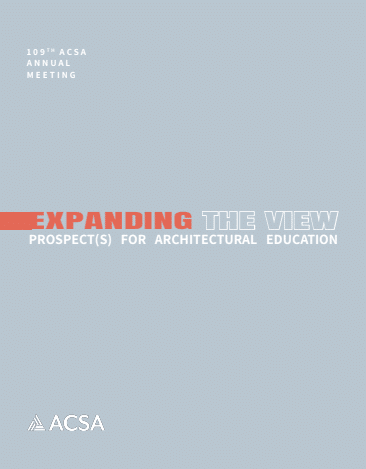Author(s): Sara Khorshidifard
Times of rapid environmental and cultural change impelled by disasters, pandemics, and socio-political unrests deem essential broadened awareness and resilient tenacities for an urbanism that is set to act in post-traumatic modes. In times of precarity, urban public realm spaces in various shades and most mundane shapes are ever more vital to help cities heal by restoring their social longevity, improving people-environment relations and setting the pace for future generations. On top of effective micro and macro projects, successful cities stand out through vigorous middle-scale spaces in their boroughs, districts, and neighborhoods. This essay resumes discussions on the role of public realm in neighborhood commonplaces through experimentations via a didactic exercise reexamining cities’ contemporary cul-de-sac forms and spaces. The prevailing and familiar spatial layout of the cul-de-sac is explored and extrapolated. It is often the most obvious of things/topics around us that are not viewed critically or at all. Cul-de-sac as the topic of investigation is considered both literally and figuratively, a space with concrete dimensionalities, a symbol of designed seclusion as modern residential ideal and a metaphor for roadblock qualities cities and neighborhoods are facing today tangled with larger inequalities, uneven developments, and lacks in connectivity, permeability, sociability, etc. These effects have become emblematic of urbanizations sacked, disengaged, and close-ended conditions resulting in fear of the other, diminished public realm and depleted social life. Starting with background studies and synoptic understandings of the genre’s past and present, the essay follows through with a comparative undergraduate design studio exercise. The introductory, warm-up practice uses particular socio-spatial analysis methods in evaluating current conditions for stretching spatial opportunities. Advancing the cause, prospects and initiatives for the future public space, this piece concludes with a review of the pedagogical process, methodological application, and thoughts on the reexaminations of cul-de-sacs for enhanced and possibly unfamiliar experiences.
https://doi.org/10.35483/ACSA.AM.109.88
Volume Editors
ISBN
978-1-944214-37-1

 Study Architecture
Study Architecture  ProPEL
ProPEL 
